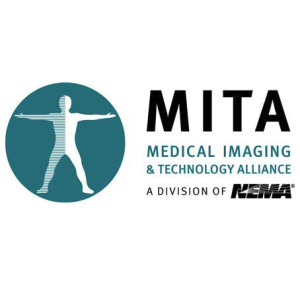by
Brendon Nafziger, DOTmed News Associate Editor | April 02, 2010

Supports radiation dose
examination
A group representing manufacturers of imaging equipment cautions that new U.S. Food and Drug Administration clearance delays could slow outfitting devices with features to reduce radiation dose to patients.
At an FDA public hearing in Gaithersburg, Md. on Tuesday, Medical Imaging and Technology Alliance (MITA) said they fully backed the FDA's efforts to protect patients and practitioners from medical radiation, but hoped additional delays didn't prevent imaging manufacturers from including software and technologies that would reduce radiation load delivered by the high-tech machines.
A division of the National Electrical Manufacturers Association, MITA represents dozens of makers of imaging devices and software, including industry leaders such as Carestream, Philips, GE, Hologic and McKesson.



Ad Statistics
Times Displayed: 2147
Times Visited: 10 Fast-moving cardiac structures have a big impact on imaging. Fujifilm’s SCENARIA View premium performance CT brings solutions to address motion in Coronary CTA while delivering unique dose saving and workflow increasing benefits.
"We support the FDA's efforts to examine the issue of radiation dose and we want to be partners in their effort," Dave Fisher, MITA's executive director, tells DOTmed News.
"We also want to make sure that everybody understands that additional burdens in the 510(k) clearance process means that these radiation reduction features take longer to get to market," he adds.
The 510(k) clearance, known as the fast-track process, is used for medical devices similar to ones already on the market. Although intended to be faster than other approval processes, the FDA is currently re-examining its 510(k) policies and may add additional requirements to toughen standards in response to concerns from some politicians and researchers. Even now, Fisher says it has gotten harder.
"Over time, in recent years, it has been more challenging to get products cleared by the FDA," Fisher observes.
Dose check initiative
At the two-day conference this week about medical radiation, the FDA invited manufacturers, medical professionals and the public to discuss ways to reduce exposure.
"From a manufacturer's perspective, a lot of innovation is occurring in the radiation area," says Fisher. "We want to make sure they get out to customers quickly."
One of MITA's main concerns is making sure features planned for its recent Dose Check Initiative see the light of day soon.
About a month ago, according to MITA, CT manufacturers agreed to the initiative, and sought to include new features in their devices to cut radiation dose to patients.
The agreement follows a highly publicized case last year at Cedars-Sinai hospital in Los Angeles where patients received radiation overexposure during CT exams.
Under the new dose initiative, the CT manufacturers pledged to include a new feature that would alert radiologoic technologists whenever a CT scan emitted radiation doses higher than normal for routine use. It would also sound a second alarm whenever the scan released radiation at levels that could be dangerous. The second alert could be set to automatically shut off the exam.
As part of this new program, MITA also hopes to develop a new file standard for radiological images in order to allow better tracking of patient doses. The new standard, called DICOM SR, allows doctors to create databases tracking all radiation dose exposures. Although image dose is already recorded to the image files, this would save it in a way that's easier to index.
"We're in communication with the FDA about these features," says Fisher. "Unless there are problems with the FDA, some of our members will be including these features later this year."

